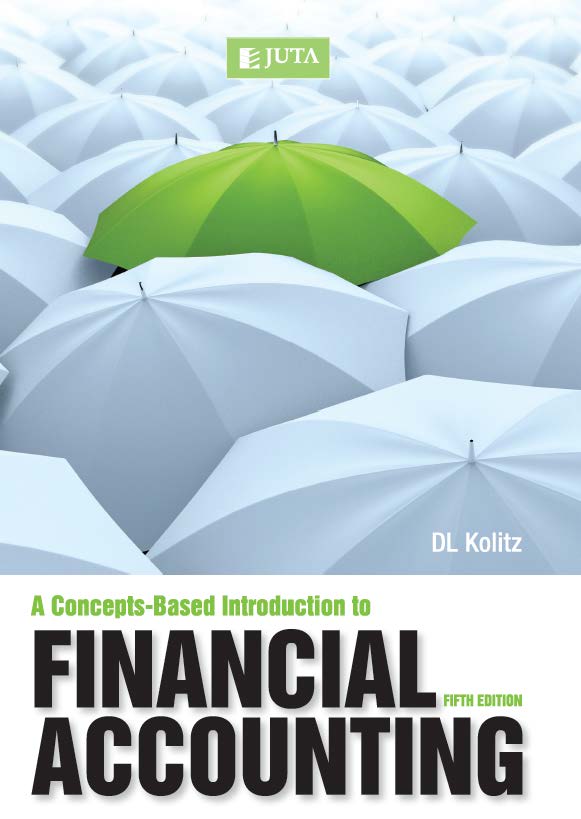UD8VZ35cbGw/hqdefault.jpg' alt='Introduction To Financial Accounting' title='Introduction To Financial Accounting' /> Accounting. Financial Accounting. Basic introduction to financial accounting. Defines financial accounting, compares to managerial accounting, lists underlying assumptions, and provides an example of recording transactions. Underlying Assumptions and Principles. A description of the basic financial accounting assumptions, principles, and modifying conventions. Single Entry Bookkeeping. Describes the simple single entry bookkeeping system and why it is inadequate for many organizations. Double Entry Bookkeeping. 802.11 N Usb Wireless Adapter Drivers there. An introduction to the double entry system that is the foundation of modern accounting. The Accounting Equation. The fundamental accounting equation and an example showing how it remains in balance after each transaction. The Accounting Cycle. The steps of the accounting cycle, from the initial transaction to preparation of the financial statements and closing entries. The Source Document. Financial Accounting Introduction. The purpose of accounting is to provide the information that is needed for sound economic decision making. The main purpose of. The purpose of the source document, examples of source documents, and their role in the accounting cycle. Journal Entries. The basics of the general journal and journal entries and the role of special journals. The General Ledger. The purpose of the general ledger and how to post transactions to the ledger accounts. Debits and Credits. An introduction to debits and credits and how to avoid confusing them. The Trial Balance. This lesson serves as an introduction to financial statements and financial statement concepts. Some of the concepts covered are the. How to calculate the trial balance and use it to identify errors in the accounting process. Adjusting Entries. Types of adjusting entries and how to make them. Closing Entries. The role of closing entries in the accounting process and the procedure for making them. The Financial Statements. This course studies basic concepts of financial and managerial reporting. The viewpoint is that of readers of financial and managerial reports rather than the. Preface xiii Part 1 The framework of financial reporting 1 1 The search for principles 3 Overview 3 Introduction 3 Accounting theory 5 The FASB conceptual. Introduction to Financial Accounting from University of Pennsylvania. Master the technical skills needed to analyze financial statements and disclosures for use in. In this introduction to accounting, learn about accounting, accounting information and generally accepted accounting principles GAAP in this free online accounting. An introduction to the balance sheet, income statement, statement of retained earnings, and cash flow statement. Accounting Standards. A short description of financial accounting standards groups and authoritative bodies, including FASB, its predecessors, and other accounting standards groups. The Balanced Scorecard. The Balanced Scorecard is a relatively new management accounting system that includes financial and non financial performance measures. This article introduces the Balanced Scorecard and describes each of its four measurement perspectives.
Accounting. Financial Accounting. Basic introduction to financial accounting. Defines financial accounting, compares to managerial accounting, lists underlying assumptions, and provides an example of recording transactions. Underlying Assumptions and Principles. A description of the basic financial accounting assumptions, principles, and modifying conventions. Single Entry Bookkeeping. Describes the simple single entry bookkeeping system and why it is inadequate for many organizations. Double Entry Bookkeeping. 802.11 N Usb Wireless Adapter Drivers there. An introduction to the double entry system that is the foundation of modern accounting. The Accounting Equation. The fundamental accounting equation and an example showing how it remains in balance after each transaction. The Accounting Cycle. The steps of the accounting cycle, from the initial transaction to preparation of the financial statements and closing entries. The Source Document. Financial Accounting Introduction. The purpose of accounting is to provide the information that is needed for sound economic decision making. The main purpose of. The purpose of the source document, examples of source documents, and their role in the accounting cycle. Journal Entries. The basics of the general journal and journal entries and the role of special journals. The General Ledger. The purpose of the general ledger and how to post transactions to the ledger accounts. Debits and Credits. An introduction to debits and credits and how to avoid confusing them. The Trial Balance. This lesson serves as an introduction to financial statements and financial statement concepts. Some of the concepts covered are the. How to calculate the trial balance and use it to identify errors in the accounting process. Adjusting Entries. Types of adjusting entries and how to make them. Closing Entries. The role of closing entries in the accounting process and the procedure for making them. The Financial Statements. This course studies basic concepts of financial and managerial reporting. The viewpoint is that of readers of financial and managerial reports rather than the. Preface xiii Part 1 The framework of financial reporting 1 1 The search for principles 3 Overview 3 Introduction 3 Accounting theory 5 The FASB conceptual. Introduction to Financial Accounting from University of Pennsylvania. Master the technical skills needed to analyze financial statements and disclosures for use in. In this introduction to accounting, learn about accounting, accounting information and generally accepted accounting principles GAAP in this free online accounting. An introduction to the balance sheet, income statement, statement of retained earnings, and cash flow statement. Accounting Standards. A short description of financial accounting standards groups and authoritative bodies, including FASB, its predecessors, and other accounting standards groups. The Balanced Scorecard. The Balanced Scorecard is a relatively new management accounting system that includes financial and non financial performance measures. This article introduces the Balanced Scorecard and describes each of its four measurement perspectives.